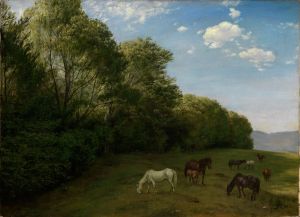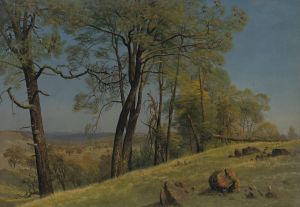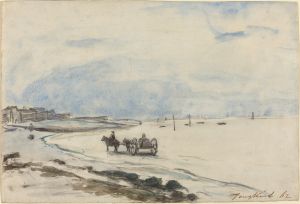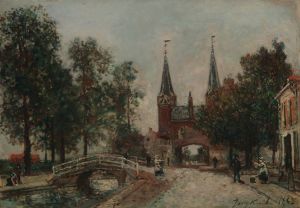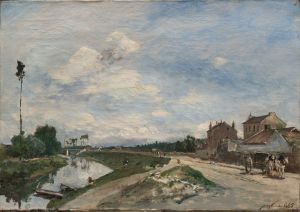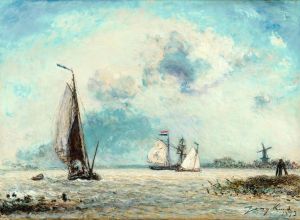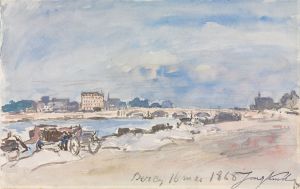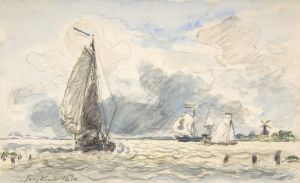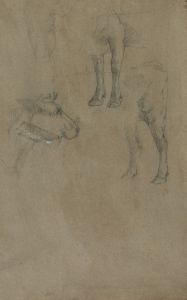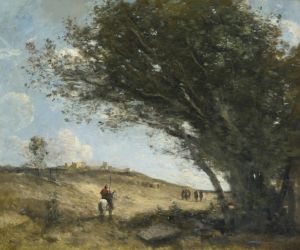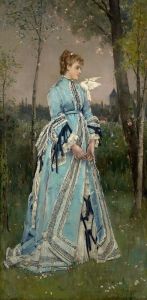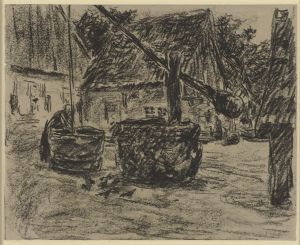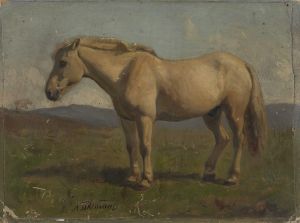
Countryside near Brezins, between Grenoble and Vienne
A hand-painted replica of Johan Barthold Jongkind’s masterpiece Countryside near Brezins, between Grenoble and Vienne, meticulously crafted by professional artists to capture the true essence of the original. Each piece is created with museum-quality canvas and rare mineral pigments, carefully painted by experienced artists with delicate brushstrokes and rich, layered colors to perfectly recreate the texture of the original artwork. Unlike machine-printed reproductions, this hand-painted version brings the painting to life, infused with the artist’s emotions and skill in every stroke. Whether for personal collection or home decoration, it instantly elevates the artistic atmosphere of any space.
Johan Barthold Jongkind was a Dutch painter and printmaker, known for his significant influence on the Impressionist movement. Born on June 3, 1819, in the Netherlands, Jongkind spent much of his career in France, where he developed a distinctive style characterized by his use of light and color. His works often depicted landscapes, seascapes, and urban scenes, capturing the essence of the environment with a sense of immediacy and atmosphere.
"Countryside near Brezins, between Grenoble and Vienne" is one of Jongkind's paintings that exemplifies his approach to landscape art. This work reflects his interest in capturing the natural beauty and rural charm of the French countryside. The painting is believed to have been created during one of Jongkind's travels through the region, a common practice for the artist, who often sought inspiration from the diverse landscapes of France.
Jongkind's technique involved painting en plein air, or outdoors, which allowed him to observe and depict the changing effects of light and weather on the landscape. This method was a precursor to the Impressionist movement, and Jongkind's work is often seen as a bridge between the traditional landscape painting of the 19th century and the innovative approaches of the Impressionists.
In "Countryside near Brezins, between Grenoble and Vienne," Jongkind employs a delicate palette and loose brushwork to convey the serene and pastoral quality of the scene. The composition likely features rolling hills, fields, and perhaps a glimpse of rural architecture, elements typical of the region between Grenoble and Vienne. Jongkind's ability to capture the transient effects of light and atmosphere is evident in the subtle variations of color and tone throughout the painting.
Jongkind's influence on the Impressionists, particularly Claude Monet, is well-documented. Monet himself acknowledged Jongkind's impact on his development as an artist, noting that Jongkind taught him to "understand the effects of light." Jongkind's emphasis on capturing the momentary and ephemeral aspects of nature resonated with the Impressionists, who sought to depict the world in a more immediate and sensory manner.
While specific details about the painting "Countryside near Brezins, between Grenoble and Vienne" may be limited, it remains an important example of Jongkind's contribution to the evolution of landscape painting. His work continues to be celebrated for its innovative approach and its role in paving the way for the Impressionist movement. Jongkind's paintings are held in various collections around the world, and his legacy endures as a pivotal figure in the transition from traditional to modern art.





